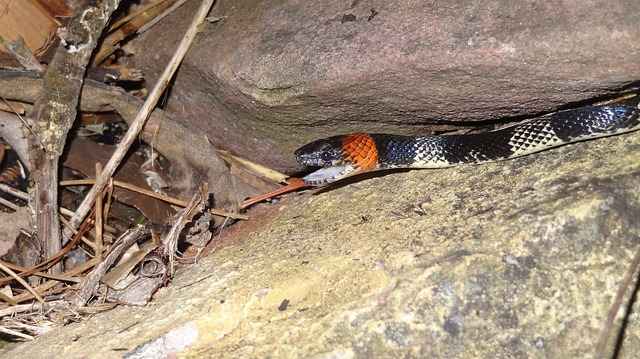


Thanks to their infamous reputations, there are many questions that humans have about these impressive water creatures. They’re magnificently graceful, and yet a little bit misunderstood. From the majestic great white to the large and mysterious whale shark, these predators roam the oceans far and wide. If you’re curious to know the answer, read on to find out more. Vertebrates tend to be much more intelligent than invertebrates.If you’ve ever pondered the popular question, “ Do sharks have bones?”, you’re definitely not alone.They are considered adults when they are just four days old. The shortest childhood of any mammal is the hooded seal.Other fish have skeletons made of cartilage. Most fish have skeletons made of bone, they are called bony fish.There are reptiles that live on every continent except Antarctica.The only mammals that lay eggs are monotremes such as the platypus and spiny anteater.The largest is the blue whale, which can grow to over 100 feet long and 400,000 pounds. The smallest vertebrate is thought to be a tiny frog called the Paedophryne amauensis. Warm-blooded animals are called endothermic, meaning "heat inside". They can sweat or pant to cool off and have fur and feathers to help keep them warm. Warm-blooded animals are able to regulate their internal temperature. Reptiles, amphibians, and fish are all cold-blooded. Cold-blooded animals are ectothermic, which means outside heat. Cold-blooded animals will move around during the day between the shade and the sun to warm up or cool down. The temperature of their body is determined by the outside surroundings. A cold-blooded animal cannot maintain a constant body temperature. Vertebrate animals can be either warm-blooded or cold-blooded. Reptile species include alligators, crocodiles, snakes, lizards, and turtles.
Does a snake have a backbone skin#
Their skin is covered with hard and dry scales. Reptiles - Reptiles are cold-blooded animals which lay eggs.

Amphibians include frogs, toads, newts, and salamanders. Later they develop lungs and can move to dry land. They start out their lives living in the water with gills just like fish.


 0 kommentar(er)
0 kommentar(er)
